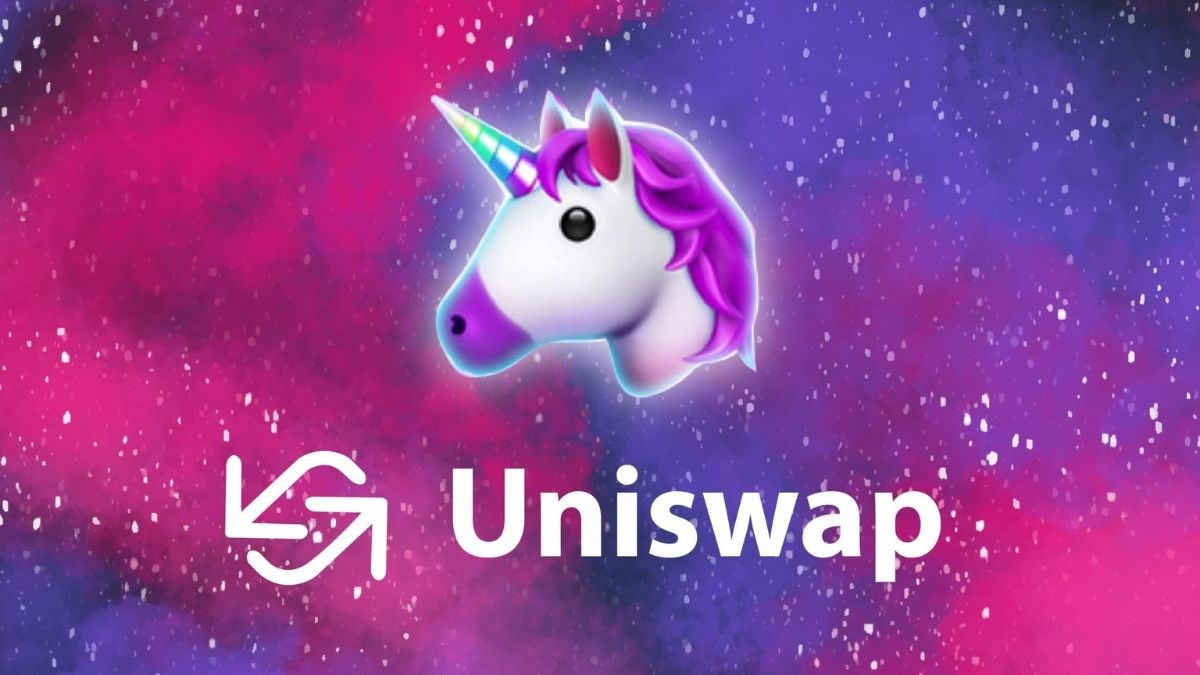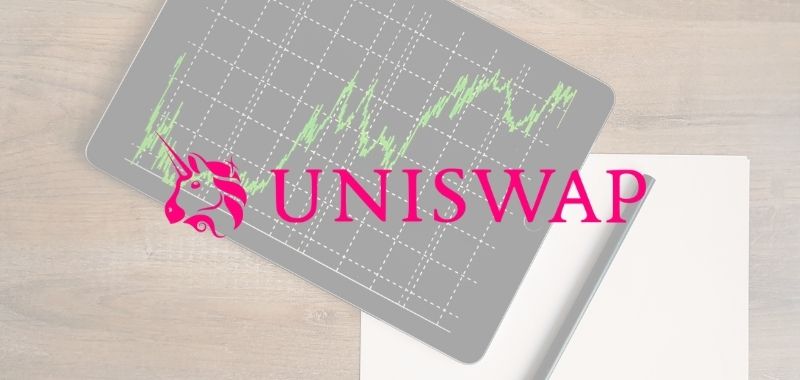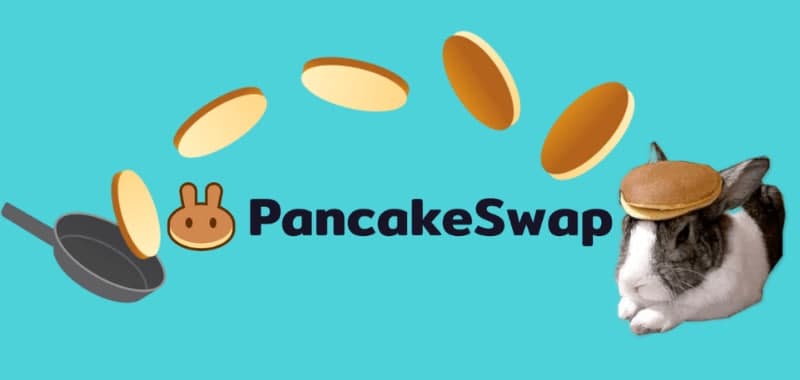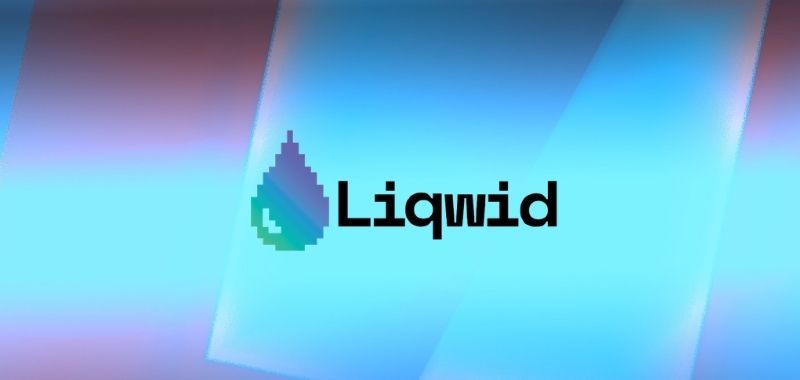DeFi News
Linear: The first cross-chain compliant delta-one asset protocol

Linear Finance is a new DeFi product that seeks to solve some of the most common problems in decentralized finance today. These problems include prohibitive gas costs caused by the widespread use of the Ethereum blockchain, front-running (a practice we described yesterday) and the slowness of the various decentralized exchanges (where it is necessary to pay even more fees to get a transaction through faster).
Linear Finance defines itself as a decentralized delta-one asset protocol, i.e. a protocol able to offer its clients the possibility to exchange synthetic assets (a bit like Synthetix, Hegic and other already established products) and to be exposed to a larger number of assets without having to pay fees for every single purchase. In short, a sort of token set to get exposure to more and more tokens. All of this is topped off by Linear’s cross-chain feature, a feature capable of providing faster and cheaper exchanges than the ones we are used to in recent weeks. However, Linear is not only this, but also many more things like LinearDAO, Linear.Exchange, Lina token and so on. Let’s start with DAO.
LinearDAO and LINA Token
Linear is a DAO, i.e. a decentralized protocol that is managed by the holders of LINA, the governance token. The community can submit proposals and vote on the ones made by other users, deciding the future fate of the entire ecosystem. For example, users can decide LINA’s inflation rate, transaction fees and many other basic operations that can improve the project. Obviously, the DAO and the governance token, even though the project is cross-chain, are native on the Ethereum blockchain, like 99% of similar projects.

However, the LINA token is not only useful for being part of the DAO but also for other functionalities offered by Linear, such as staking and payments. LINA is at the heart of the ecosystem as it is used as collateral to mine other synthetic assets. To elaborate: in order to mint a new asset, the user must deposit collateral and this can be divided as follows: at least 80% in LINA tokens and the rest in other cryptocurrencies. This gives relevance to your token and enhances its value over time. The token already has a fully diluted market cap of about $800 million, so the plan seems to be working great.
The max supply of LINA is 10 billion, but the current price is only 0.08 cents. The ATH is 11 cents and was reached a few days ago. The token is freely exchangeable on Uniswap and some central exchanges like Bitmax, BiBox, MXC, Bilaxy and so on. P.s. on CoinGecko the lowest price was only $0.004 in November 2020, but the BullRun of the last few months has increased the value of many tokens tenfold, so I don’t find this worrying if you believe that derivatives are the future of crypto trading.
LINA’s other utility is staking and the rewards are generated by using Linear.Exchange, an exchange that offers 0.25% fees and redistributes these fees weekly to all LINA stackers. Yield Farming will also run for 2 years and will allow early investors to lower their purchase price by giving away LINA tokens to those who use this feature.
Linear.Exchange and Public Team
The project team is public and can be consulted on this page of the official website. Anonymous teams have been known to create trust issues lately, so this move seems very smart to me. Finally, there is the exchange that we have already talked about. This is an exchange that would like to solve liquidity and gas fee issues by working with other blockchains besides Ethereum. Linear will use the oracle services offered by Band Protocol, the second oracle project in the crypto world (right after Chainlink). To sum up, the premises for a successful project are all there. What do you think?
DeFi News
UK updates its tax policies on DeFI and Staking loans

The UK’s tax authority, Majesty’s Revenue and Customs (HMRC), released an update to its guidance on Wednesday, reported Bloomberg.
The new policy provides a series of “guiding principles” that act as general guidance in determining whether DeFi-related return or participation should be classified as income or capital gain.
How loan returns or staking is taxed depends on whether it is considered capital or income, however determining this can be a complex task. In the post, the HMRC admitted about this difficulty:
Token lending/staking via Decentralized Finance (DeFi) is a constantly evolving area, so it is not possible to establish all the circumstances in which a lender/liquidity provider makes a return on their activities and the nature of that performance. Instead, some guiding principles are established.
New policy to tax DeFi and staking
The latest guide sets out four distinct points designed to make it easier for people to determine the nature of their tax. Firstly, if the return received by the lender or liquidity provider is known “at the time the agreement is made”. If known, it would indicate a revenue receipt, but if unknown, it would indicate a capital receipt.
Second, if the return is realized through the disposal of a capital asset, it qualifies as capital. Conversely, if the borrower, or the DeFi lending platform, pays the yield to the lender/liquidity provider, the yield should be classified as income.
Third, the regulator indicated that lump-sum payments are “more likely” to qualify as principal; while recurring payments are “more likely” to be in the nature of revenue. Finally, the HMRC mentions the loan period as another variable that determines the nature of the repayment, everything will depend on whether it is “fixed or indefinite, short or long term”, he said.
The document presents some examples of how users can determine the nature of their loan return or participation. For example, if the return amount has already been agreed upon, say 5% per annum, it will most likely be a revenue receipt, the regulator said. On the other hand, if the income is “unknown and speculative”, it is probably a capital receipt.
As CoinDesk noted, the new policy is an update to previous guidance that had been published by HMRC in March 2021. According to that document, taxation of staking trades depended on whether the activity amounted to “taxable trading.” The wording closely resembled the established rules for taxing cryptocurrency mining, the outlet adds.
DeFi News
New SEC Definition Includes DeFi Exchanges

The US Securities and Exchange Commission (SEC) is interested in the fact that the definition of a stock market would now be much broader, also encompassing systems that allow buyers and sellers to communicate their interest in trading this type of asset, which which would include decentralized exchanges (DEX) such as Uniswap, PancakeSwap and many others for bringing together this type of people interested in trading digital currencies.
The measure would require platforms that meet these characteristics to register with the US Securities and Exchange Commission as securities brokers, and since decentralized exchanges would not be able to meet the demands required by this type of license, this could imply the imminent cessation of its operations throughout the United States.
More delicate than it seems
Some analysts and enthusiasts express concern about the possible repercussions this could have for the sectors associated with digital currencies.
In this regard, the DeFi sector enthusiast, Gabriel Shapiro, presented an even more delicate panorama for this type of exchange, since such a definition could also address even block explorers, such as Etherscan, precisely because they allow users to users interact with smart contracts to communicate business interests.
In this sense, it highlights that all this can be interpreted as a restriction on freedom of expression, for which it would be completely unconstitutional.
From a regulatory point of view, the SEC commissioner, Hester Peirce, also expressed her concerns and echoed some aspects mentioned above, placing special emphasis on the broad and diffuse nature of the changes proposed by the entity, which even go far beyond the scope and jurisdiction of the regulatory body.
On the other hand, Peirce criticized the fact that the interested community has very little time to read, understand and consider the proposal, which is not consistent with the implications it could have, since it would be making changes to an ecosystem that moves thousands of million dollars, which it could harm in unforeseen ways.
DeFi News
Uniswap exceeds US$500 billion in traded volume since its launch

One of the best-known decentralized exchanges in the cryptocurrency market has just passed the US$500 billion transacted mark.

“We’re proud of the magnitude of this number, but we’re even happier knowing that millions of users have had direct access to markets they could trust were operating in their best interest.” – stated Uniswap Labs on Twitter.
About 2 billion of this volume was thanks to two scalability solutions integrated into the project:
“⚡️ $2 billion of this volume was contributed by @arbitrum and @optimismPBC deployments, which are starting to see significant traction!” – said Uniswap Labs.
Uniswap was created in November 2018, but it was conceived in 2016 by Vitalik Buterin (creator of Ethereum). With support from the Ethereum Foundation, programmer Hayden Adams made the idea come true.
Since then, the broker has not stopped growing and its UNI token is already worth 14.35 billion dollars.
With Uniswap, anyone can be an arbitrator between tokens using the blockchain, which narrows the price gap in small markets and gives incentives to balance asset prices using blockchain and centralized brokerages.
Currently, UNI is traded in several brokers in EEUU and around the world, such as Coinbase, Bitfinex and Binance US.
“We are so grateful to be together on this journey with our incredible community, and we can’t wait to hit the $1tn mark.”
-
Opinion2 years ago
XRP: FOX Business Senior Correspondent Says SEC Is Losing Its Lawsuit Against Ripple
-
Tutorials3 years ago
How to Earn, Farm and Stake CAKE on PancakeSwap with Trust Wallet
-
Altcoins News3 years ago
Projects with ongoing migration from Ethereum to Cardano
-
NFT3 years ago
CardanoKidz: The first NFTs arrive at Cardano
-
Tutorials3 years ago
How to set up a Bitcoin node: beginner’s guide
-
NFT3 years ago
SpaceBudz: new astronaut NFTs on Cardano
-
DeFi News3 years ago
Uniswap vs PancakeSwap: Full analysis
-
DeFi News3 years ago
Liqwid Finance the first DeFi project on Cardano: everything you need to know


















